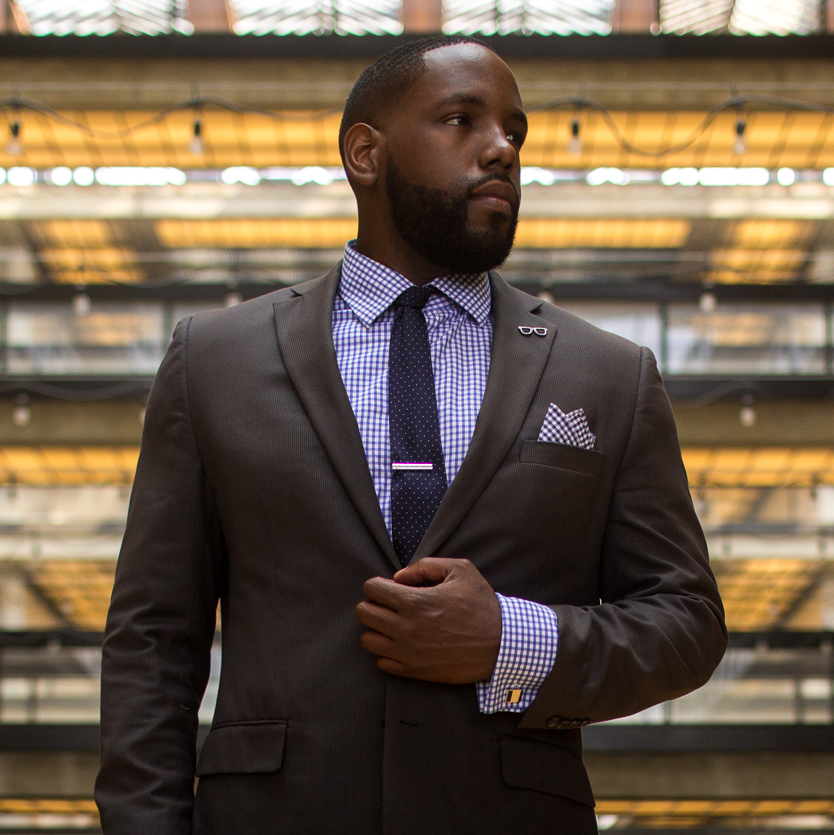While taking things personally in business isn't the best idea, it doesn't mean avoid emotions—which is where many professional service brands go wrong.
When creating marketing campaigns to acquire new clients, most firms over-index on all the logical reasons why a prospective client should work with them while overlooking the human motivations behind their choices.
What we know now is that emotions influence buying decisions, often more than logic.
While people may believe they're making entirely rational choices, research says otherwise. According to Gerald Zaltman, a Harvard Business School professor, an overwhelming 95% of purchase decisions are made unconsciously.
Making the Unconscious Conscious: How Emotions Influence Buying Decisions
When we look at the full range of human emotions, they can be distilled down to two main emotions—fear and excitement. Clients are either motivated by the anticipation of feeling good (excitement) or the avoidance of feeling bad (fear).
This article explores how emotions influence buying decisions and how professional service brands can leverage powerful emotions like fear and excitement to enhance their marketing efforts and create compelling narratives.
Fear-Based Marketing
Fear isn't about scaring people into action; it’s a call to resolve a problem before it spirals out of control. Use fear carefully in your messaging. Overuse can push potential clients away, making them feel pressured or manipulated. However, if done correctly, a message that includes a dash of fear can motivate people to take the necessary steps to solve their problems. The ideal outcome is a client who appreciates you for making them aware of an issue they hadn't fully considered.
Excitement-Based Marketing
Excitement does more than lift spirits; it draws attention to what people could achieve with your service. While fear taps into what we stand to lose, excitement highlights what we stand to gain. It encourages your audience to reach higher, aiming for a vision of what could be rather than settling for what is.
Examples of Marketing Campaigns using Fear vs Excitement
Financial Advisor:
Fear: Inflation is eating away at your retirement. Act now to secure your future.
Excitement: Picture this: retirement as an open ocean, and you're sailing smoothly, free from financial worry. We can chart that course for you.
Insurance Agency:
Fear: Life is unpredictable. Your family’s security shouldn't be. Call for a quote today to provide them with the safety net they deserve.
Excitement: When you've got the right insurance coverage, you can do more, see more, and live more boldly.
CPA/Accounting Firm:
Fear: Poor tax planning can be the iceberg that sinks your business. We can help you navigate treacherous financial waters safely.
Excitement: With our expertise, your business can unearth hidden tax benefits leading to unprecedented growth.
Law Firm:
Fear: A single legal oversight could cost you everything. Get expert counsel now.
Excitement: A legal victory isn't just a favorable outcome; it's reclaiming your peace of mind.

Striking the Right Balance: Avoiding Excess Fear and Unrealistic Promises
The Risk of Fear-mongering
If your messaging focuses too much on fear, clients may feel overwhelmed. This could lead them to disengage and seek help elsewhere. The immediate impact of using fear could seem positive, but the long-term relationship is likely to suffer.
The Downside of Overpromising
At the other extreme, painting an overly rosy picture can be equally problematic. If you don't deliver, clients will question your credibility and likely go elsewhere for future needs. Setting unrealistic expectations creates disappointment and erodes trust.
A Balanced Approach
The key is to balance the urgency of the problem with the benefits your service provides. Honesty in portraying what you can and can't do is critical. A balanced approach builds trust, and clients who trust you are more likely to stick around for the long haul. Understanding how emotions influence buying decisions can be a game-changer for building that trust.
Building Trust
In the marketplace of professional services, trust is your most valuable asset. You build it not just through compelling messaging but by consistently delivering on your promises. Integrating testimonials and case studies into your narrative can substantiate your claims. It's not just about saying you can solve a problem; it's about showing you've done it before.
Conclusion
Emotions are more than just fleeting feelings; they are powerful tools that can significantly enhance your brand's impact. Navigating the use of fear and excitement in marketing requires careful planning and execution. When done correctly, the outcome isn't merely a one-time client but a loyal advocate who will actively promote your brand.
Next Steps...
Looking to create more impactful marketing by leveraging the powerful emotions of fear or excitement in your overall message? I can help. Book a clarity call.

About Ali J. Taylor
Ali J. Taylor is the CEO/Creative Director at BelMarketing Design Studio. He helps professional service brands use the power of storytelling to take their messaging, branding, and marketing from forgettable to captivating.
